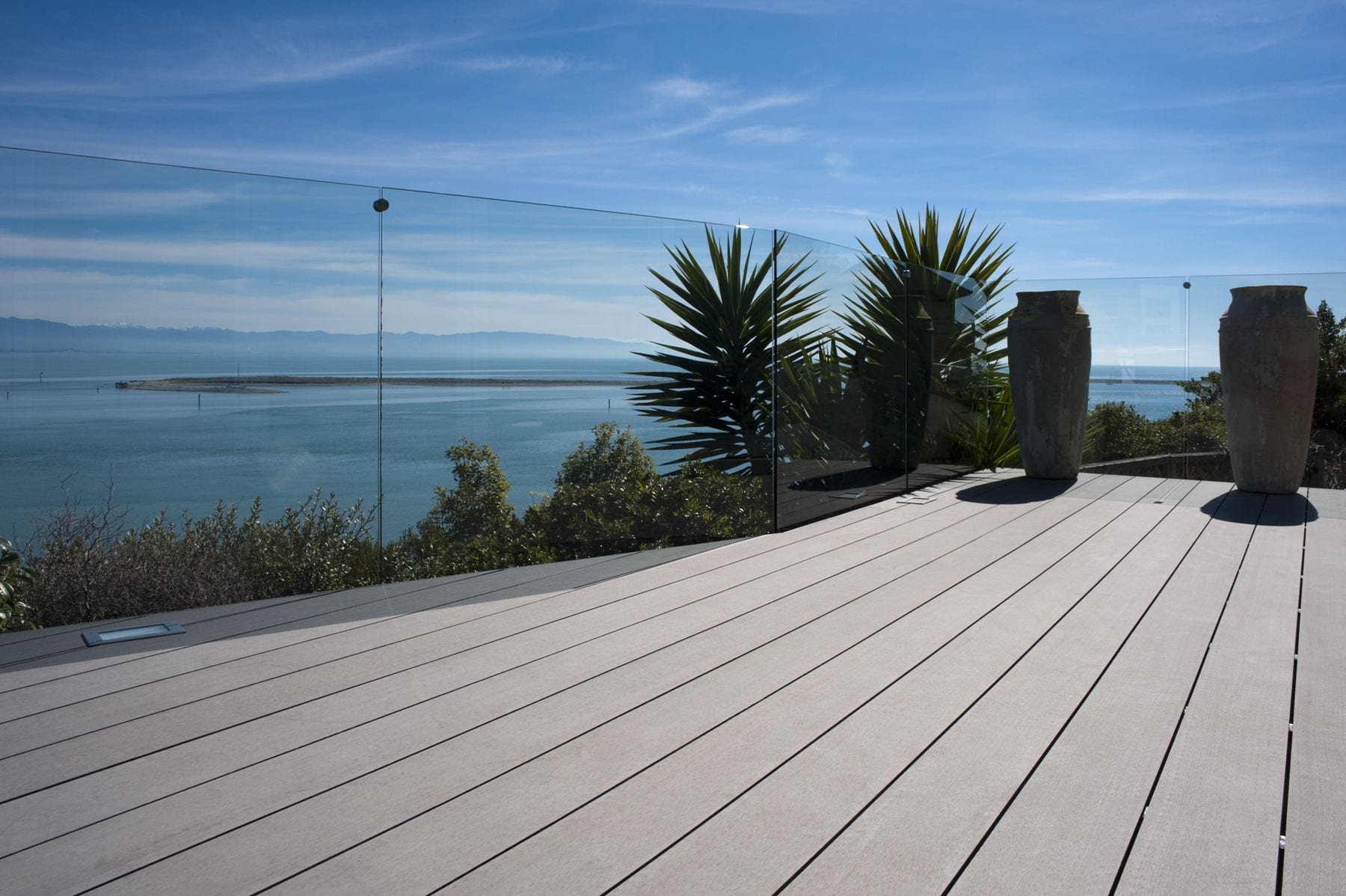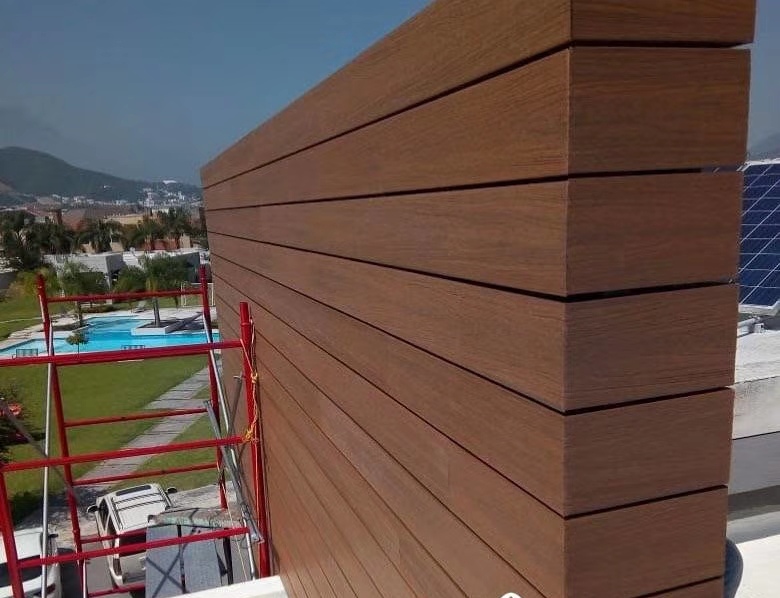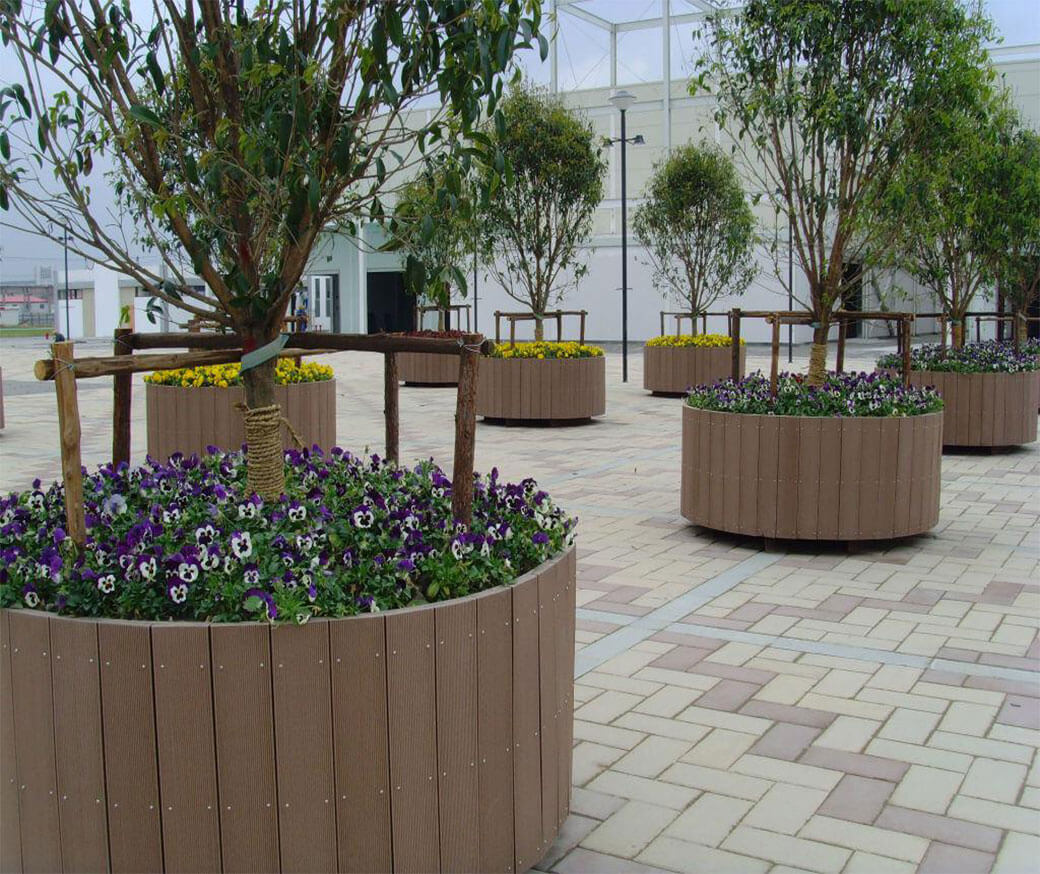Structural application of wood-plastic composite materials
Thursday, May 4, 2023With the continuous development and progress of science and technology, wood-plastic composite materials have also achieved unprecedented development. At present, wood-plastic composite materials are widely used in environmental design and construction industries. They can not only be used in buildings as practical materials, but also play a decorative role. Let’s look at the application fields of wood-plastic composite materials from the perspective of environmental design, and we will have a deeper understanding of the development space of wood-plastic composite materials.
Pavement application of wood-plastic composite materials
Pavement application is the most common and practical application of plastic-wood composite materials. It is usually used in the overhead passage on the edge of the cliff, or the overhead bridge on the river, or the roof pavement of the gazebo. For wood, what the designer wants to express is the concept of nature, that is, to integrate with nature and embody the concept of healthy and green nature. However, wood is very easy to corrode, and rainwater contains acid, which will quickly corrode wood. Therefore, wood-plastic composite materials have emerged as the times require, which makes up for this disadvantage of wood. In terms of appearance, the mixing of plastic and wood does not change the color of the wood itself, thus maintaining the concept of health, greenness, and nature. Even the addition of plastic makes the original single tone of wood more diverse, but it does not change too much wood base color. From the shape point of view, the addition of plastic makes the plastic-wood composite material more plastic, such as connecting the whole piece of plastic-wood composite material, which shows the integrity and highlights the initial state of nature; this composite type can also be used The material is fixed on the beam by stainless steel nails, reflecting the diversity and novelty of shapes, so different connection methods can achieve different effects.

Façade application of wood-plastic composite materials
In the past, the walls were all made of bricks, the purpose was to prevent the corrosion of acid rain and moths, but the appearance of plastic-wood composite materials solved this defect. The façade is a wall made of plastic-wood composite materials, so as to avoid the use of bulky brick walls. At the same time, it also makes users closer to nature and more environmentally friendly from the appearance, making users feel as if they are living in nature. Get maximum relaxation. Therefore, wood-plastic composite materials have been widely used once they came out. In terms of color, the façade is mainly red, and the original color of the wood is added. Its diversity is far better than that of pure wood color, and it allows users to design according to their own preferences, which is very flexible. Structurally, the connection of plastic-wood composite materials is also very flexible. There are rectangles, diamonds, etc. in shape. The size of the connection gap can be adjusted according to different needs. The shape of the connection gap can also be designed according to different needs. , There are also isolated square or rhombus gaps. Another area where the facade is used is the guardrail. The initial guardrails were used to divide the courtyard, keep out the wind, and block animals. However, most modern guardrails are mainly for ornamental purposes. On the premise of maintaining the corrosion resistance of plastic-wood composite , can also maintain the characteristics of wood. In terms of color, the color of the wood itself is used as the keynote, and the color of the surrounding green plants is used to set off the original ecology of nature. From the details, the texture of the wood just expresses the concept of nature and green. From a structural point of view, the connection of the guardrail is very simple, but it reflects a strong breath of life, making people feel that they are far away from the bustling and bustling life in the city, so that people’s body and mind have been greatly relaxed.

Structural application of wood-plastic composite materials
With the continuous increase of urban population, urban construction has attracted more and more attention. At present, the most advanced urban construction concept is green construction, that is, to combine urban construction with nature, so if wood-plastic composite materials are used to decorate the green plants in the city, this will be clearly reflected, because The earliest urban greening was decorated with materials such as limestone and ceramic tiles, which would appear very industrial. Considering the color of wood-plastic composite materials, different plants have different colors, so materials of different colors are needed for decoration. For example, darker-colored green flowers and plants can be decorated with light-colored wood-plastic composite materials; while lighter-colored lilies can be decorated with darker-colored wood-plastic composite materials. Considering the combination of composite materials, different material connection methods achieve completely different effects. For example, it is connected with circular horizontal strip composite materials, and there is a certain gap in the middle. On the one hand, the plants can fully absorb oxygen; on the other hand, the entire flower bed becomes an unusually beautiful scenery in the city.

In addition to flower beds, trash cans are also a major hidden danger of urban greening. If an abrupt trash can is placed in the center of the city, it will damage the aesthetics. The use of plastic-wood composite materials can just solve this problem. The trash can made of wood not only caters to the main body of urban greening, but also the corrosion resistance of its plastic-wood composite material also ensures the durability of the trash can.